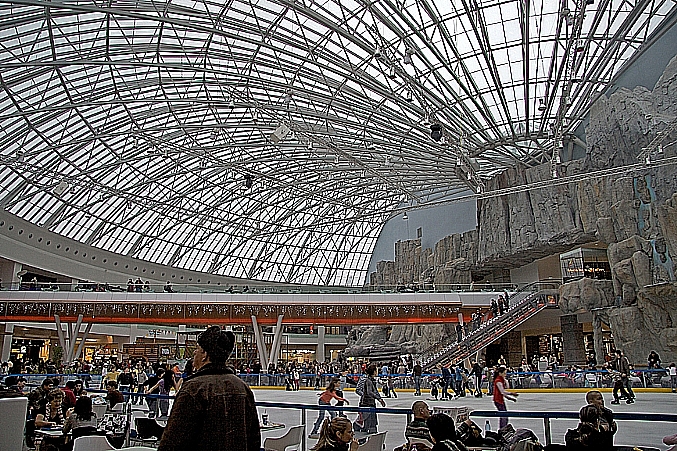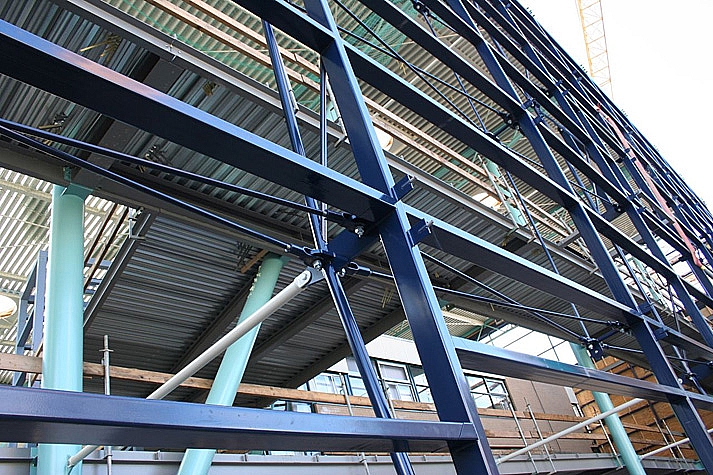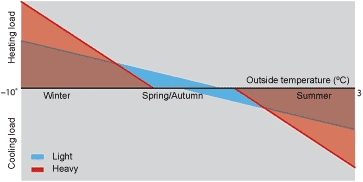
A better environment begins with steel

A better environment begins with steel

A better environment begins with steel

A better environment begins with steel

A better environment begins with steel

Cotroceni Park Shopping Centre, Bucharest (MYS Architects).
As the temperature in a building rises the construction materials heat up. The materials can store this heat (thermal energy) and then release it later. Their capacity to do this is called thermal mass. In general the heavier the structural material the higher its thermal mass. But that does not mean that a heavy structure is always beneficial. A lightweight structure can be just as good.
The thermal mass of a structural material is not synonymous with the mass of the structure. Thermal mass is determined by three material properties:
Thermal mass increases as specific heat and density increase and coefficient of thermal conductivity decreases.
Heavyweight or lightweight?

Whether a building with a heavy or a light structure is more energy-efficient during a period of one year depends on many factors: the climate, the seasons, the day/night cycles, the location and orientation of the building, the building form, layout and function, and occupancy rate.
A lightweight building generally requires more energy in spring and autumn when the temperature differences between the day/night cycle are larger. In contrast, a heavyweight building needs more energy in summer and winter, when temperatures remain relatively constant. Also, a lightweight building with a low thermal mass reacts more rapidly. For example, with a high internal heating load or after an unexpectedly cold night, it takes less energy to get the building to a comfortable temperature.

The demand for energy of heavyweight and lightweight buildings is strongly dependent on the season.
An important fact is that the thermal mass of a material is only partially used for short-term energy storage and release. For example, in a solid floor only the outermost layer of at most 70-100 mm is used. In normal day/night cycles in a temperate maritime climate, as in the Netherlands, only the outer 40-50 mm is useful.
To effectively draw on the thermal mass of a structural material, the mass (thermal) must be in contact with the rooms in the building. e.g. the mass must not be covered with heat insulating building components, such as an insulated system ceiling.